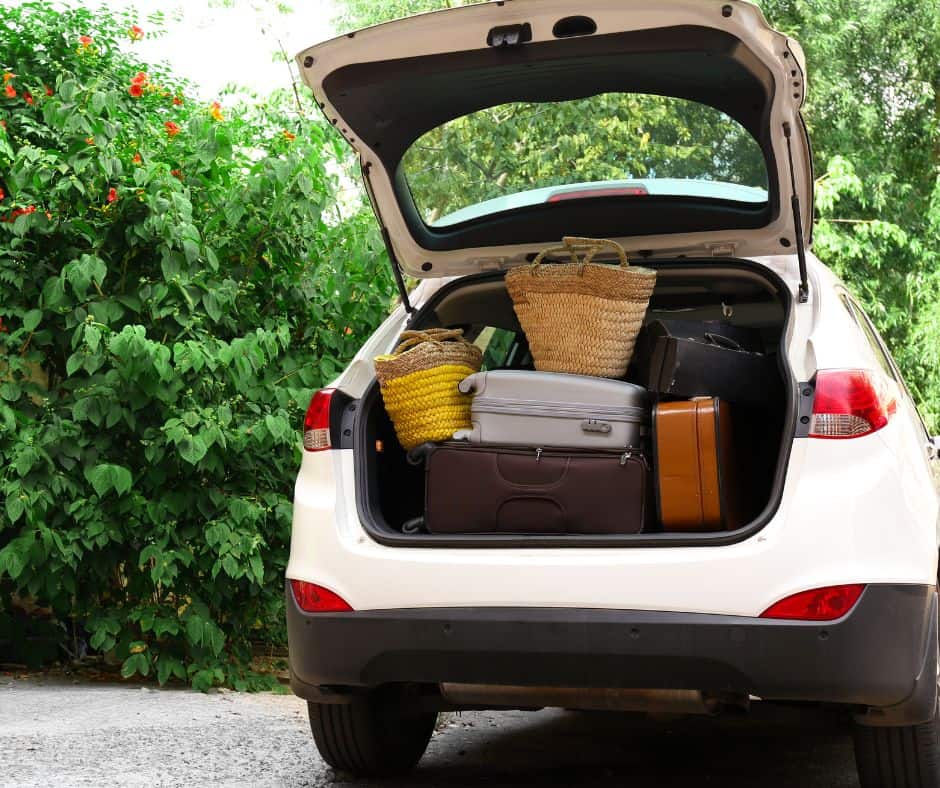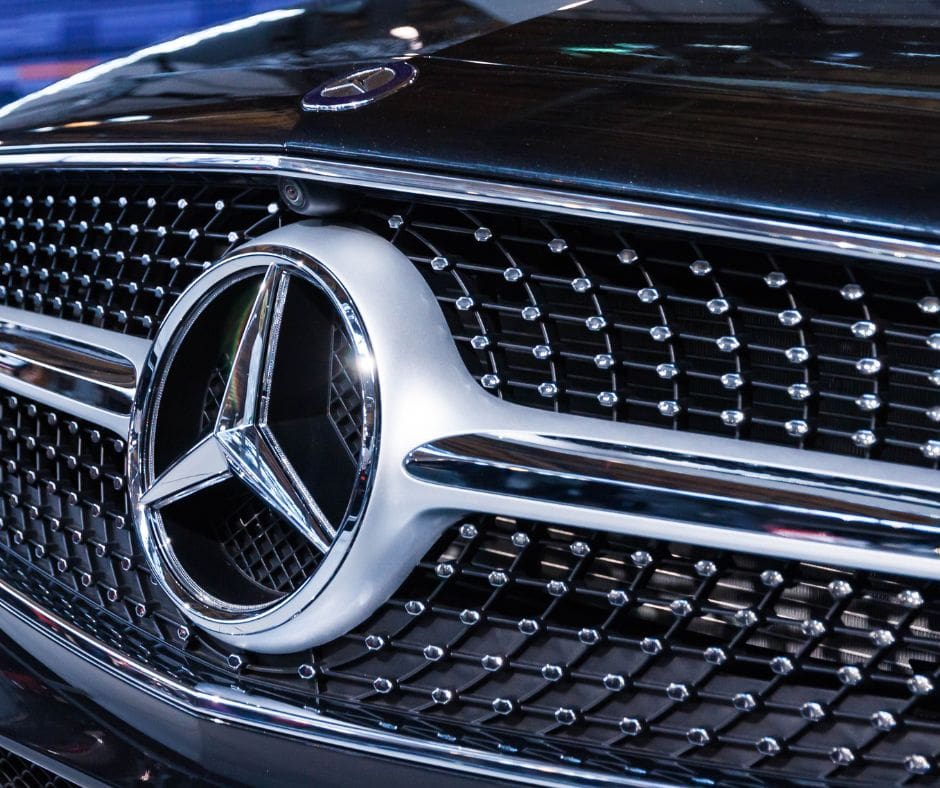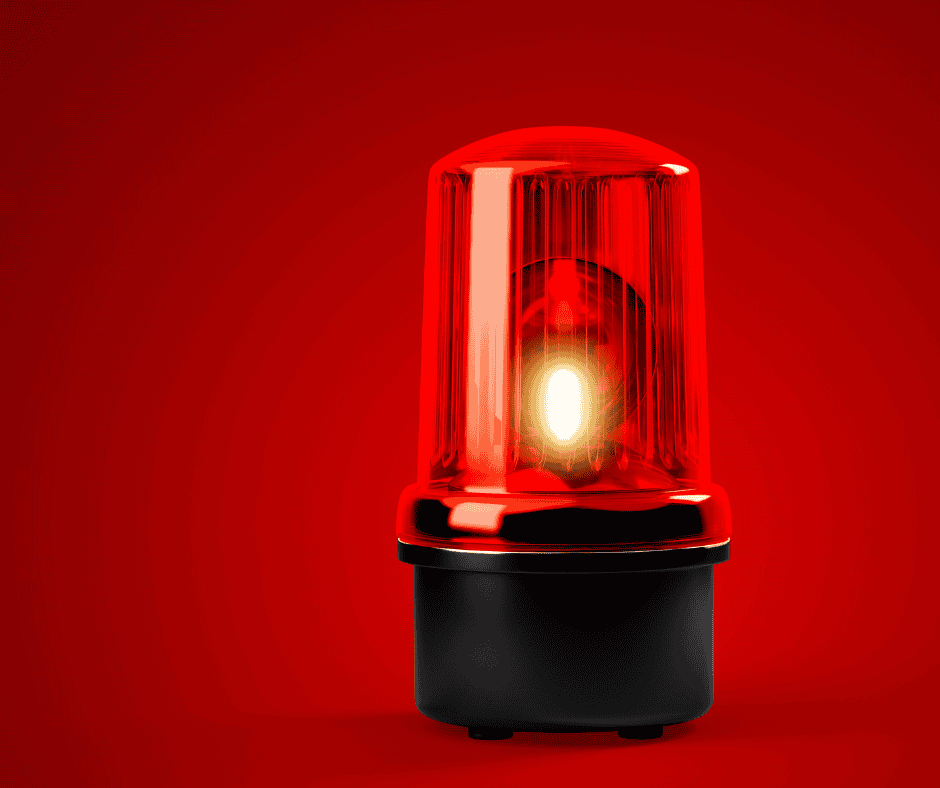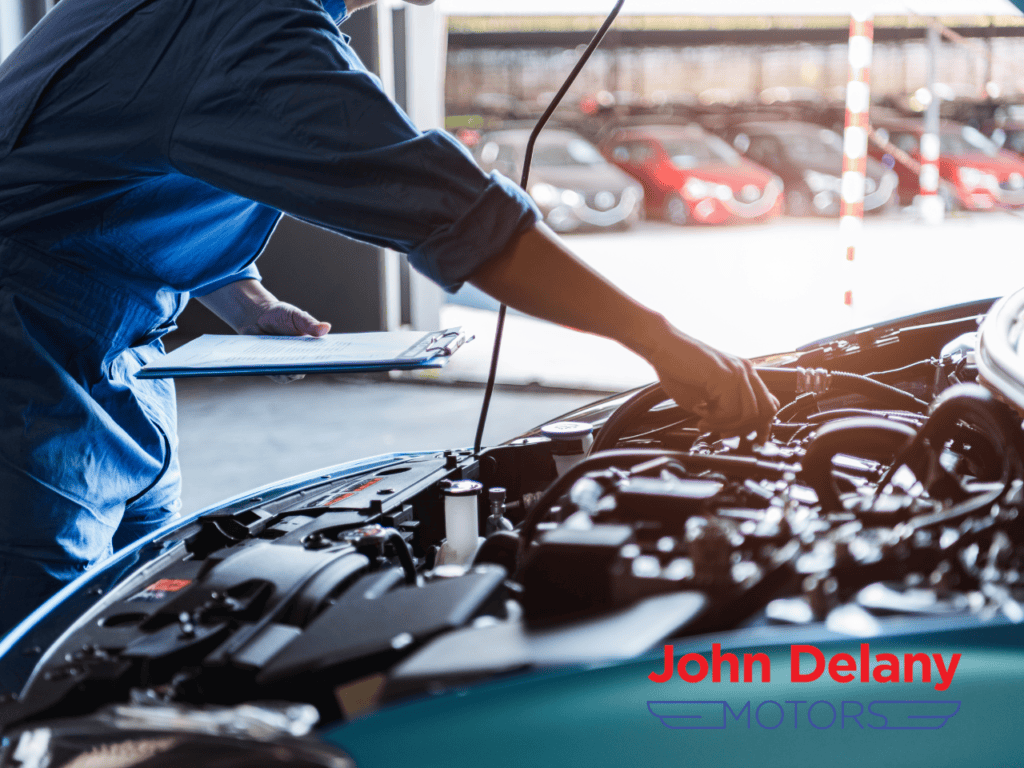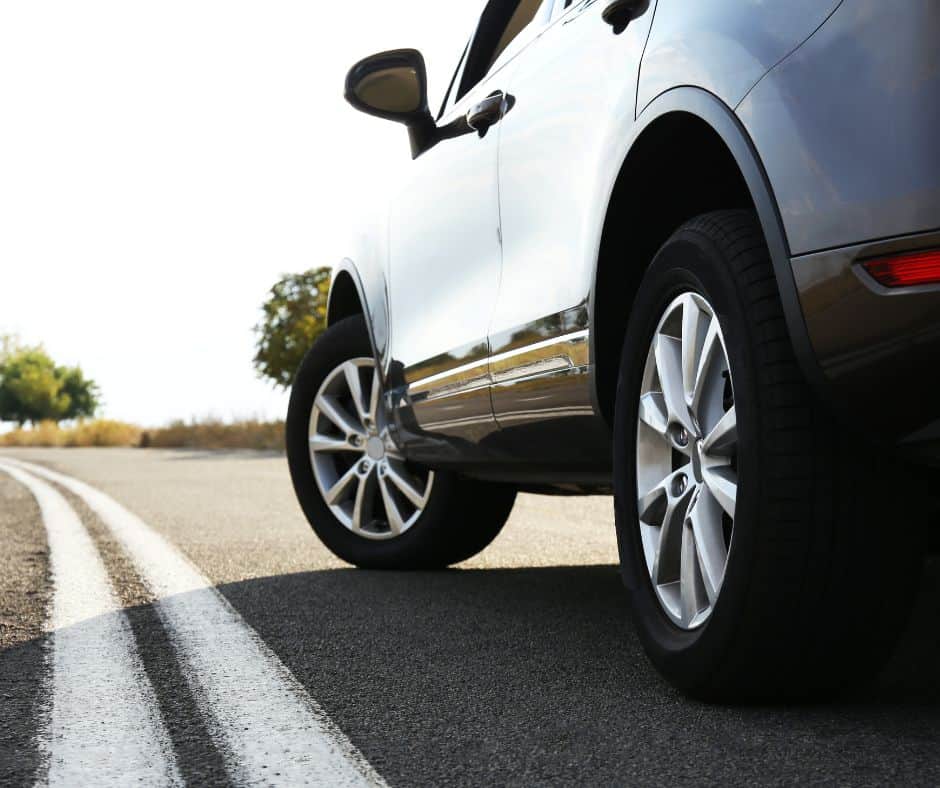2nd December 2022
Why it’s important your car lights work properly
‘Stop accidents before they stop you.’ – Road Safety Slogans, 2022.
When was the last time you stopped to consider the variety of lights your car boasts? (Probably when sitting your theory test!) Don’t worry, none of us do, nor do we ever really use them all! However, ignoring them can prove disastrous, if not fatal in some instances.
Car lights heavily make up a lot of laws within the driving world, as explained by the RoSPA, who outline the significance of following their guidelines and rules.
Before ensuring your lights work properly, we want you to feel confident with identifying and understanding the role of each type of car light.
Types of car lights
- Headlights – Both high and low beam options
- Sidelights (known as parking lights) – usually found in the headlamp units
- Daytime running lights (DRLs) – lights designed to make your vehicle more visible in brighter, daytime conditions, which are activated automatically.
- Front fog lights – Small, white lights, located in the low-set in the bumper area, which are designed to aid visibility when difficult weather conditions reduce the driver’s ability to clearly see the road ahead.
- Rear fog lights – A singular or double red light, designed to illustrate the position of your vehicle when driving in the fog, snow or other conditions that can limit driver’s visibility.
Dangers of car lights not working correctly
As we’ve established, being fully aware of your lights, their functions and where they’re located proves to be essential. However, also knowing the potential dangers of them not being used, or not working correctly is just as vital. There are countless instances of dangers that occur when car lights aren’t performing as they should. This ranges from limited vision when driving in the dark, to potential collisions when brake or hazard lights are out.
The time of day
Darker mornings, evenings and much colder temperatures are all potentially hazardous for drivers. We tend to feel more tired during the winter months, which can also impair reaction times and our overall quality of driving. Vehicle lighting plays an incredibly important part in keeping you and other road users safe. Extra precautions should be taken in the early hours of the morning, or in the late evenings.
Which type of light to use and when
Headlights
It’s commonly known that headlights are predominantly used for driving at night time, where they illuminate the road and tend to eliminate fatigue. Although the main aim is to have clear visibility of the road and be seen yourself, it can also be hazardous to have high beams on, as opposed to the safer option of dipped headlights (low beams).
Not only is it illegal to drive without both headlights working properly, but the list of dangers is also frightening. This could result in serious RTAs, endangering the lives of many.
As stated in the Highway Code, a driver should use their rear fog light if they cannot see more than 100m beyond their car. This is an essential guide for all drivers to abide by, when using the judgement for fog lights. It is understood that driving without proper use of your fog lights is incredibly dangerous for yourself and other drivers, especially as visibility is hampered. Warning other drivers of your presence on the road is your responsibility, achieved through your lights.
Daytime running lights (DRLs)
The main role of your DRLs is to ensure your car is fully visible on the road, during daytime, brighter lighting and driving conditions. The very fact they’re now compulsory on all modern cars highlights their importance during every journey made.
Taillights and brake lights
There are many misconceptions between these two car lights, which again can prove to be hazardous. Taillights are mounted to the rear of the car, just above the bumper. They are identifiable by their red colour and have partnering white lights beside them, which indicate when the vehicle is in reverse.
The most significant difference between the two types of lights lies in the fact the brake light will illuminate immediately upon applying any pressure to the brakes.
Hazard lights
Hazard lights are used in the unfortunate event of a breakdown, or if you suspect something is wrong prior to this. This helps to warn other road users, especially oncoming traffic that you are encountering a hazard and keep everyone safe.
Different weather conditions
Especially in the winter months, the weather conditions play a significant role in the necessity for using a range of lights. BlogProautomotive have some great information on this.
Statistically, a quarter of weather-related traffic accidents occur on snow, slushy or icy roads. Despite this, carsurance found ‘a third of British survey respondents don’t drive slower in wet weather conditions,’ despite the need to obey the speed limit even more closely.
Vehicle Safety check and services at JDM
Here at John Delany Motors, we see first-hand that Winter is the most difficult time for drivers, where we tend to fix the most car-related issues. As we always say, prevention is better than cure (not to mention far less costly!)
Our priority is to keep every one of our customers safe on the road, for as long as possible. To ensure this, we not only offer fully comprehensive, specific light checks but also offer Winter Health Checks. Our Winter Health Checks thoroughly assess each aspect of your car, including:
- The overall bodywork – thorough checks for damage, scratches, and superficial damage.
- Tyres – the overall condition of them, including the tread depths.
- Brakes – an inspection is recommended every six months, especially in the Winter.
- Lights – especially at this time of year, we’re acutely aware your headlight and taillight use are significantly increased.
- Fluid Level checks – including oil, ensures excellent lubrication of your engine as a whole.
As always, if you’re feeling unsure as to which service your car would benefit from most in these coming Winter months, feel free to contact us to explore your options. One of our friendly experts will guide you through each process, with no obligation.
You can book your appointment here online or give us a call to get started today!


